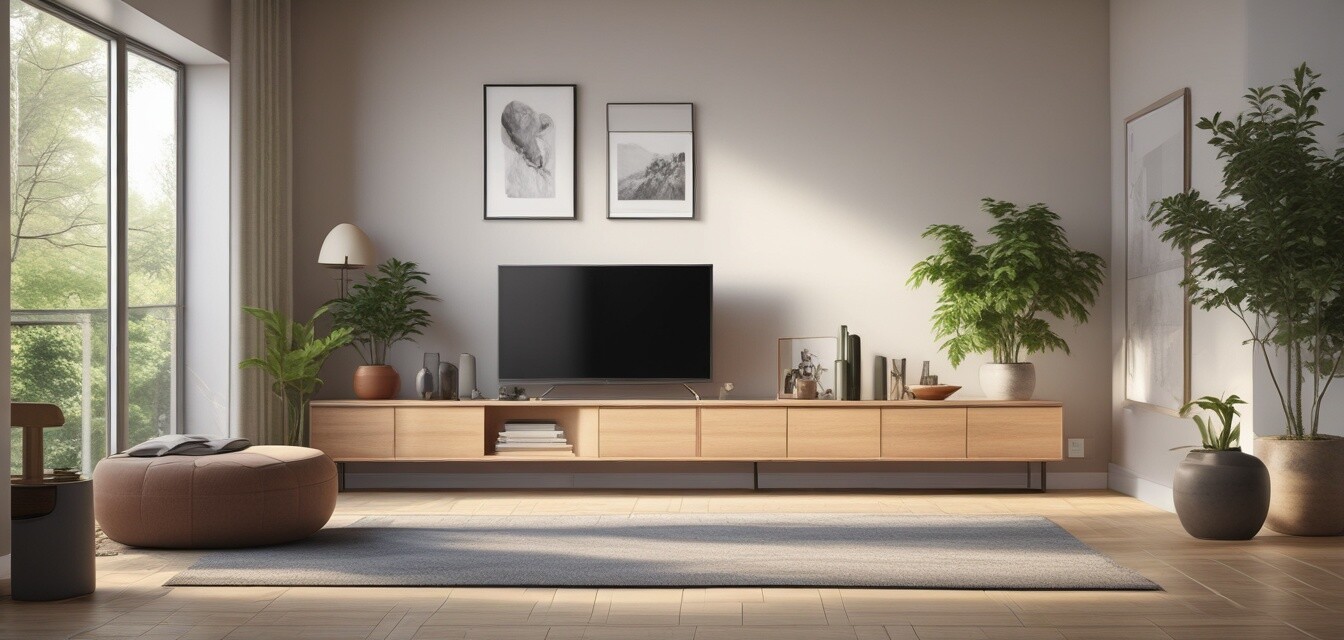
How COVID-19 Changed the Furniture Market
Key Takeaways
- The pandemic accelerated the demand for sustainable furniture.
- Consumers prioritize eco-friendly materials and local sourcing.
- Online shopping has reshaped the furniture purchasing experience.
- Minimalist designs have become increasingly popular.
- The furniture market has adapted to changing consumer behaviors.
The COVID-19 pandemic has profoundly transformed various industries, and the furniture market is no exception. As people spent more time indoors during lockdowns, the focus shifted to creating comfortable, functional, and sustainable living spaces. This article examines the lasting effects of the pandemic on the furniture market, particularly in terms of eco-friendly design trends.
The rise of eco-friendly furniture
Before the pandemic, sustainability was already a growing trend, but the events of 2020 propelled it to the forefront of consumer priorities. The lockdowns prompted a new awareness of environmental issues, leading many to seek out eco-friendly furniture alternatives.
Materials that Matter
One major shift is in the materials used for furniture. Consumers are now actively looking for pieces made from sustainable materials. Here are some popular choices:
| Material | Description |
|---|---|
| Bamboo | A fast-growing grass that’s both durable and renewable. |
| Reclaimed wood | Wood sourced from old buildings or furniture, lessening the need for new lumber. |
| Recycled metal | Utilized for frames and accents, helps minimize waste. |
| Organic fabrics | Textiles made without harmful chemicals, promoting healthier environments. |
Impact of online shopping
The pandemic has seen a significant increase in online shopping, revolutionizing how consumers browse and purchase furniture. Brands and retailers had to adapt quickly to meet the changing demands of their customers. Here are some key factors that shaped this shift:
- Virtual showrooms: Retailers began to offer 3D visualizations and virtual tours of their showrooms.
- Delivery and assembly options: Convenience became king, with many services offering quick delivery and assembly solutions.
- Augmented reality: Tools that allow customers to visualize how furniture fits into their homes played a significant role in enhancing the online shopping experience.
Minimalism on the rise
Another notable trend arising from the pandemic is the move towards minimalist designs. As people sought to create calm and clutter-free spaces, minimalist furniture became increasingly popular. Some of the characteristics of minimalist furniture include:
- Sleek lines and forms
- A neutral color palette
- Functional design with dual-purpose pieces
- Reduction of unnecessary embellishments
Consumer behavior changes
During the pandemic, many people reassessed their living environments, leading to lasting changes in consumer behavior. Factors influencing these changes include:
| Before Pandemic | After Pandemic |
|---|---|
| Focus on aesthetics | Prioritization of functionality and sustainability |
| Brand loyalty based on reputation | Increased interest in local brands and eco-friendly options |
| Standard shopping experiences | Preference for personalized and premium shopping experiences |
| Impulse buying habits | More deliberate purchasing decisions with consideration of environmental impact |
Conclusion
The lasting effects of COVID-19 on the furniture market reflect a larger shift towards sustainability and a renewed appreciation for our living environments. Eco-friendly furniture is no longer just a trend; it has become a standard expectation among consumers. As preferences continue to evolve, retailers must adapt to these changes by promoting sustainable practices and understanding the modern consumer's needs.
Tips for choosing sustainable furniture
- Always inquire about materials and sourcing practices.
- Look for certifications that guarantee eco-friendliness.
- Consider the durability of the furniture for long-term use.
- Support local businesses and artisans to reduce carbon footprint.